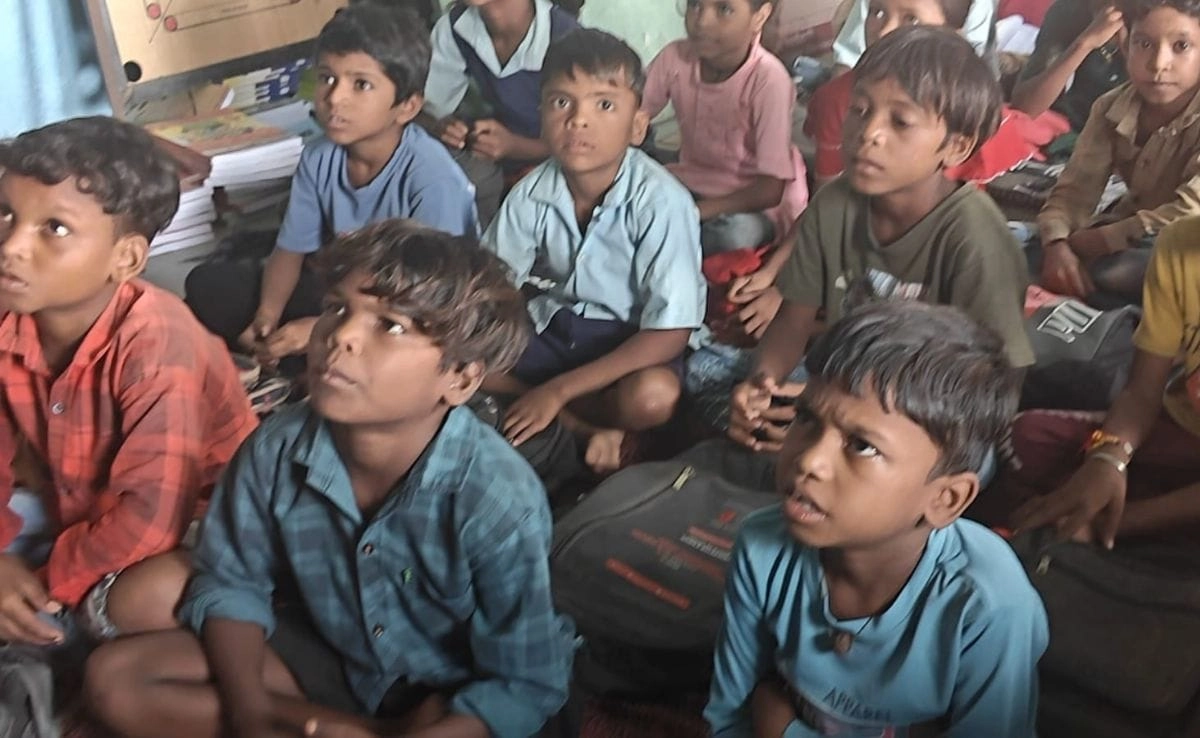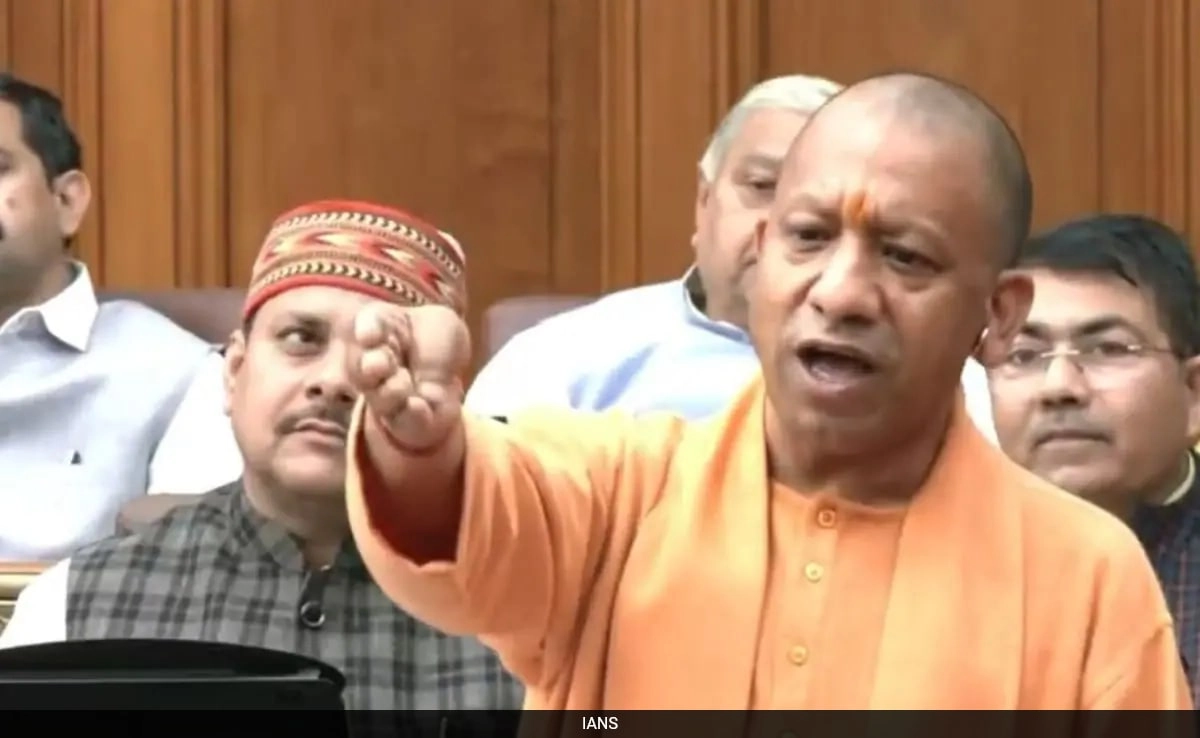In a Madhya Pradesh school, the struggle for quality education is vividly illustrated by the experience of students who find themselves in a single, overcrowded classroom catering to five different classes simultaneously. This unique yet challenging educational setting highlights the pressing issues faced by many schools in the region, where limited resources and high student-to-teacher ratios create an environment that is anything but conducive to learning. In this cacophony of voices and varied lessons, students are forced to navigate their own educational paths while competing for the attention of their teachers, who are stretched thin across multiple grade levels.
The classroom, often filled with the sounds of different lessons being taught at once, becomes a microcosm of the larger systemic challenges in Madhya Pradesh’s education system. Teachers attempt to manage the chaos, but the sheer volume of students and the breadth of subjects being taught can make it difficult to provide individualized attention. Students in lower grades might struggle to grasp foundational concepts as they are overshadowed by the lessons being delivered to older peers. This scenario not only compromises the quality of education but can also lead to frustration among students, who may feel lost amid the noise and distractions of competing classes.
Furthermore, this situation underscores the broader implications for educational equity in India. Students from disadvantaged backgrounds, who may already be facing significant hurdles in accessing quality education, find themselves further marginalized in such an environment. The lack of adequate infrastructure and resources compounds these challenges, leaving many students to fend for themselves in their pursuit of knowledge. In this context, the government and educational authorities must prioritize reforms that address these issues, ensuring that every child has access to a conducive learning environment that fosters growth and development.
In conclusion, the scenario observed in this Madhya Pradesh school serves as a poignant reminder of the urgent need for educational reforms that can alleviate the pressures faced by both students and teachers. By investing in improved classroom conditions, reducing student-to-teacher ratios, and ensuring that each child has the opportunity to learn in a focused environment, we can begin to bridge the gap in educational equity and provide all students with the tools they need to succeed. Only through such efforts can we hope to transform the cacophony of competing classes into a harmonious symphony of learning.




